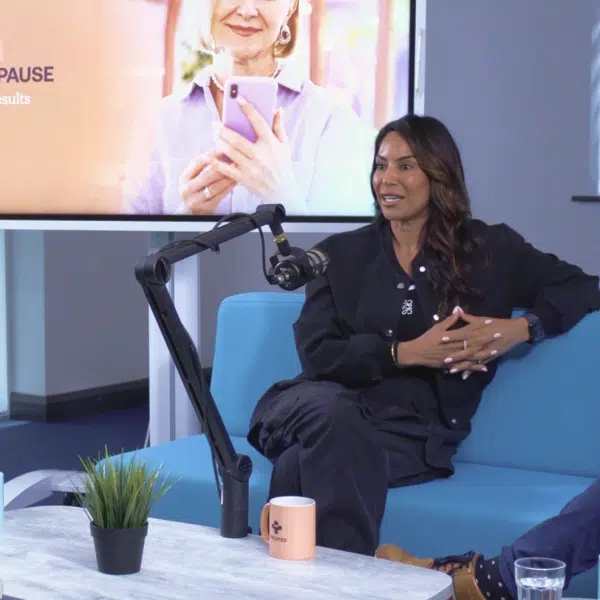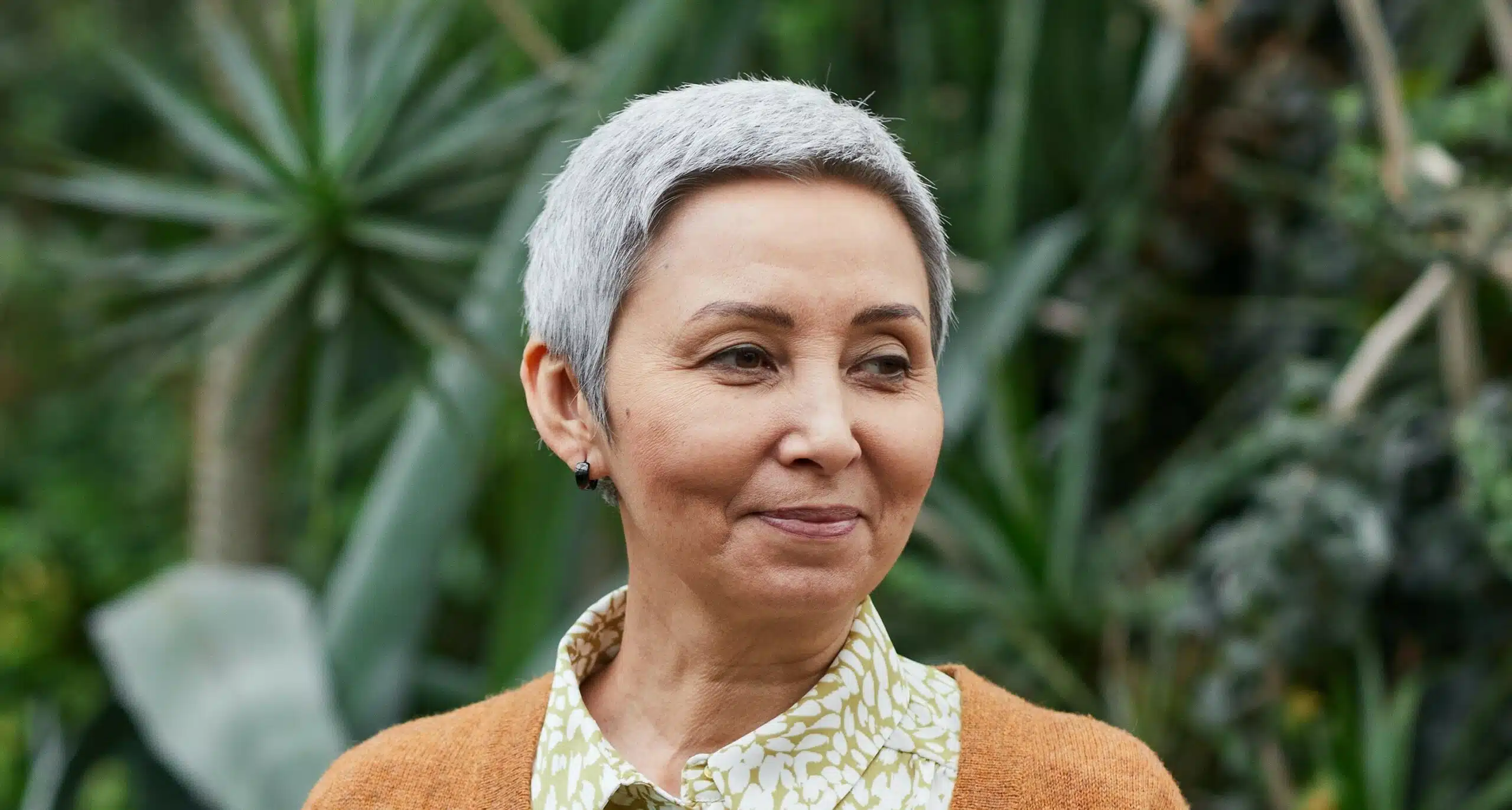How does HRT increase the risk of breast cancer?
It’s not fully understood how HRT increases the risk of breast cancer, but it’s thought to be due to increased levels of the hormone oestrogen. That’s because certain types of breast cancer use oestrogen to ‘fuel’ their growth, so increased levels of oestrogen can help the cancer cells to grow and spread.
When is the risk higher?
Evidence shows that combined HRT carries a higher risk of breast cancer than oestrogen-only, and that the longer you take HRT for, the greater the risk. Dosage can also play a role (bigger dose tends to equal bigger risk). That’s why it’s recommended that you only use HRT for as long as you have symptoms, at the lowest dose that helps them where possible. Once you stop using HRT, this increased risk goes down over time.
Your risk is also increased if:
Can HRT cause ovarian or any other kind of cancer?
Alongside breast cancer, HRT has been linked to two other kinds of cancer: ovarian and endometrial (womb). Continuous combined HRT increases the risk of ovarian cancer slightly, and doesn’t affect womb cancer risk at all. Oestrogen-only HRT also carries a slight increase in ovarian cancer risk, but a notably increased risk of womb cancer. This is why oestrogen-only HRT is only prescribed for women who have no risk of womb cancer (usually because they’ve had a hysterectomy). Again, these increased risks go down over time once HRT is stopped.
Does cancer risk vary by HRT type?
Yes, as well as varying risks between combined or oestrogen-only HRT, the delivery (patch, gel, tablet) and form of hormone can also make a difference. Norethisterone is linked to the highest risk of breast cancer, and dydrogesterone the lowest. Medroxyprogesterone and levonorgestrel were also associated with increased risk, according to recent research. It’s also thought that transdermal HRT (delivered through the skin by gel, patch or spray) is safer than oral (taken by tablet).















